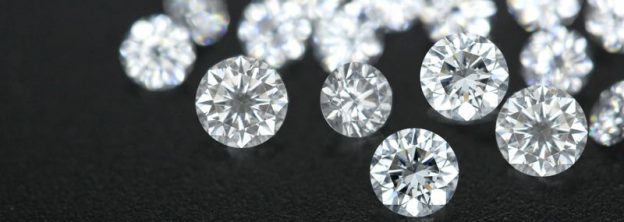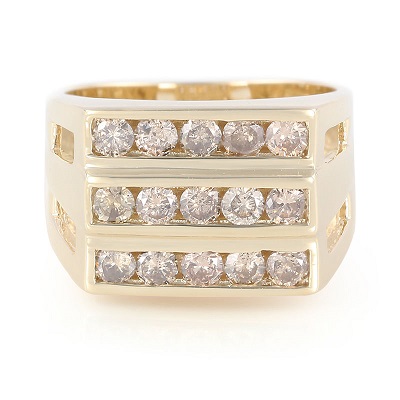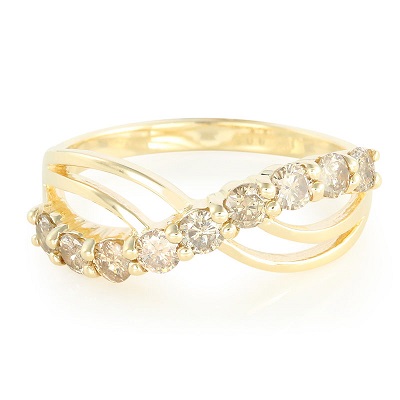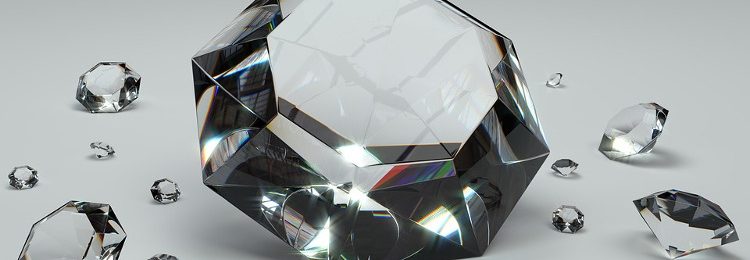I’m often asked ‘what’s more expensive, a Diamond or a brilliant?’ The regularity of the question prompted me to write a small article clarifying the subject.
Diamond, the king of kings
Most of us are familiar with Diamonds. At least from a distance. I personally dream of owning a “D” coloured, three-carat, flawless, baguette-cut jewel. I just need to figure out how to finance it, but that’s another story that doesn’t concern this article. As I stated, we all know what a Diamond is: that gem that drives us crazy because of its perfect brilliance and association with glamour and luxury.
Some of the gems branding can be attributed to iconic cultural references, for instance, the famous Marilyn Monroe film “Gentlemen Prefer Blondes” with its catchy theme song “Diamonds are Girl´s Best Friend”. We have seen Diamond jewels as protagonists of spectacular robberies in unforgettable films and in real-life heists. Some say there can be no red carpet without Diamonds. Some of the most classic engagement rings feature this gem, and many believe that the Diamond symbolises eternal love. And what of the brilliant? The brilliant is simply a Diamond in a “brilliant” cut. That’s straight forward, isn’t it?
Origin of the brilliant-cut
This way of cutting and faceting Diamonds dates back to 1919 when Marcel Tolkowsky, a mathematician and prestigious Belgian gemologist, published a theoretical-technical study that spoke of the ideal proportions to optimise the fire and dispersion of a Diamond. This cut is known as the “brilliant cut” and although it was developed for this particular gem, it is currently executed on many different gemstones. The brilliant-cut has remained as the prefered cut for Diamonds, especially when used in an engagement ring.
The brilliant-cut
This cut, thanks to a mathematical study, allows the Diamond to shine in all its glory. Let us not forget that when the light falls on the gem, a part of it is reflected on the surface and another part is transmitted inside. This indicates two important factors: brightness and lustre.
– Brightness is the light that emerges from the inside of the gem.
– Lustre indicates the light reflected from the surface.
Diamond lustre is very high and is known as “adamantine lustre”.
The brilliant-cut has been developed in order to optimise a Diamond’s gloss and lustre. The cut consists of an upper part, the crown that is separated by the fillet from the lower part, or the butt. The tip is called the culet. The shape of the brilliant-cut is round, and it has a total of 57 facets, of which 33 are made in the crown and 24 in the butt. In cases where the culet is present, the facets total 58.
Proportions, the secret of the brilliant-cut
I remember perfectly that when I passed the adolescent phase I realized that I would not grow any taller and I would stay with my 1.58 m. My parents and grandparents insisted that this was nothing serious because I was a “well proportioned” girl… I suspected that this was not entirely true as they repeated it too much to sound credible. Years later, satisfied both with my height and my proportions, I ran into the term again.
This term in gemology refers to a key aspect of gemstone cuts, including the brilliant cut of the Diamond, where the proportions in the cut are primary in determining its outcome and beauty. When buying or assessing a proportional Diamond in the brilliant cut, the following must be taken into account:
1 The height of the crown
2 The depth of the cylinder head
3 The diameter of the table
Tolkowsky’s formula tells us that the crown should be between 12% and 15%,
the depth of the butt will be between 42% to 44% and the diameter of the table will measure between 53% to 64% of the gem. If the Diamond is of good quality with a cut that respects these proportions, your jewel will have a marvellous brilliance that hypnotises with its beauty and splendour.
Other Diamond cuts
Diamonds can also have the following cuts:
Round, Marquise, Oval, Pear (or Drop), Baguette, Heart, Carré and other creations called “Fancy” that do not follow a known scheme and are the product of the inspiration and talent of the lapidary of Diamonds.
I confess that I like all of them!
“What is more expensive, a Diamond or a brilliant?” The answer is that a brilliant is a Diamond in a brilliant-cut so its price will depend on its clarity, the purity of its colour, the carats and obviously the quality of its cut!
Now that we cleared that up, go on over to the Rocks & Co. Diamond jewellery collections and snap a Diamond jewel up for yourself!






